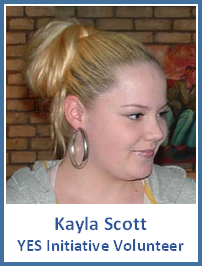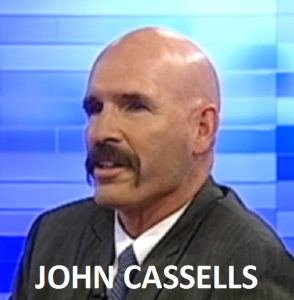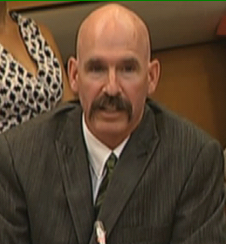20 minutes under the weight of cross examination, and the young witness buckles. You can only imagine what must be going through her mind: “Aren’t I the victim? Would they like having a gun pointed at their heads? I shouldn’t have said anything. They’re not going care about what happens to girls like me.”
Recounting the details of her hellish nightmare had been hard enough. But being torn apart on the stand was more than she bargained for. In a state of panic, she asks the judge for a short break. Once outside the courtroom, she bolts.
The court had heard how, at 16 years old, the victim was exploited in Toronto Area hotels. Images of her partially clothed body were posted online, enticing sex buyers who prefer the young ones. Saying he used threats and intimidation to control his victim, police laid 13 charges against a 25 year old Owen Sound man, including pointing a firearm, uttering threats and human trafficking. But when the witness didn’t return to the court room, the human trafficking charge, along with most of the others, were thrown out. The accused pled guilty to two lesser offences.
Within three weeks of losing that one, another Ontario human trafficking trial will begin in Brampton. Again, a young woman will be required to testify against her former pimp. Statistically, the odds of a conviction don’t look great. But a new victim support initiative might just make a difference. Men Ending Trafficking (SIM Canada) along with women’s outreach teams from The White Rose Movement and Stepping Out (The Haven) are coming together in an effort to back vulnerable witnesses. The strategy includes a visible show of support inside the court room; emotional and spiritual care outside of the courtroom; and encouragement from peers who have successfully testified against their own traffickers.
The young woman who will face her abuser at the Brampton trial says the support has already given her a boost in confidence. If you’d like to learn more or get involved, please contact John Cassells at john.cassells@sim.ca.
UPDATE: October 25th
After an agonizing cross-examination that spanned three days, the witness calmly emerged from the courtroom. Admittedly, she was tried, but also feeling elated. There was, most certainly, no sense of the re-victimization that is all too common to those who attempt testifying against their abusers in human trafficking trials.
Our young friend says the support that surrounded her made a great difference to help her do what she believed needed to be done. Regardless of what verdict is eventually rendered, this courageous young woman considers her part in the trial as a victory; and that she can now move forward with her life.
While Men Ending Trafficking orchestrated this initiative, it was a group effort that included five other agencies* and two dozen volunteers from local churches. The group will now develop a template to help encourage more groups to add support for vulnerable witnesses in the courts.
Read More to learn about the reaction from the judge!
Watch CTV coverage of the first day in court and our interview on 100 Huntley Street.
*Special thanks to Peel Police, White Rose, Stepping Out (Haven on the Queensway), Rising Angels, SafeHope Home and Sextrade 101 for working with us on this initiative.












